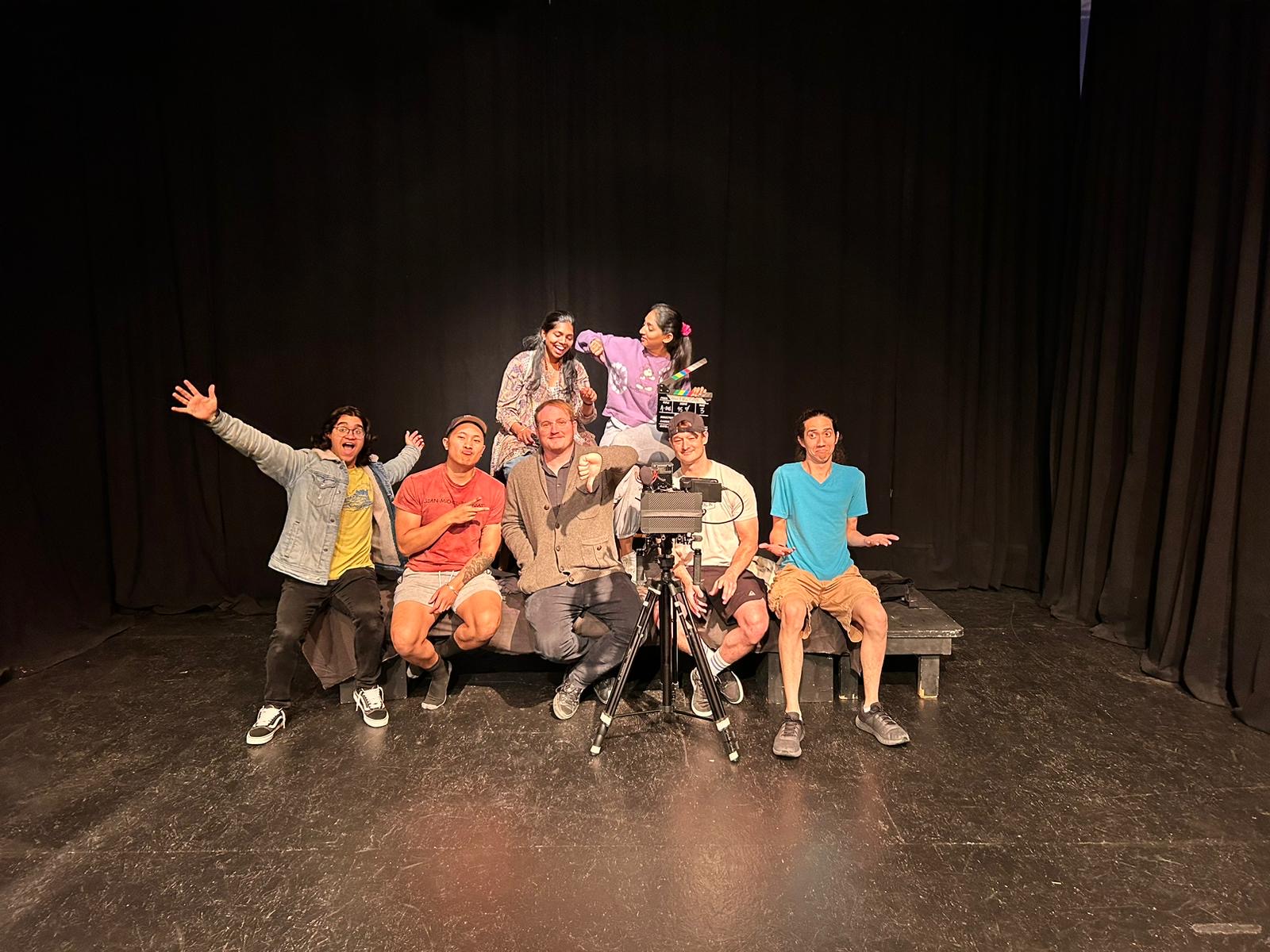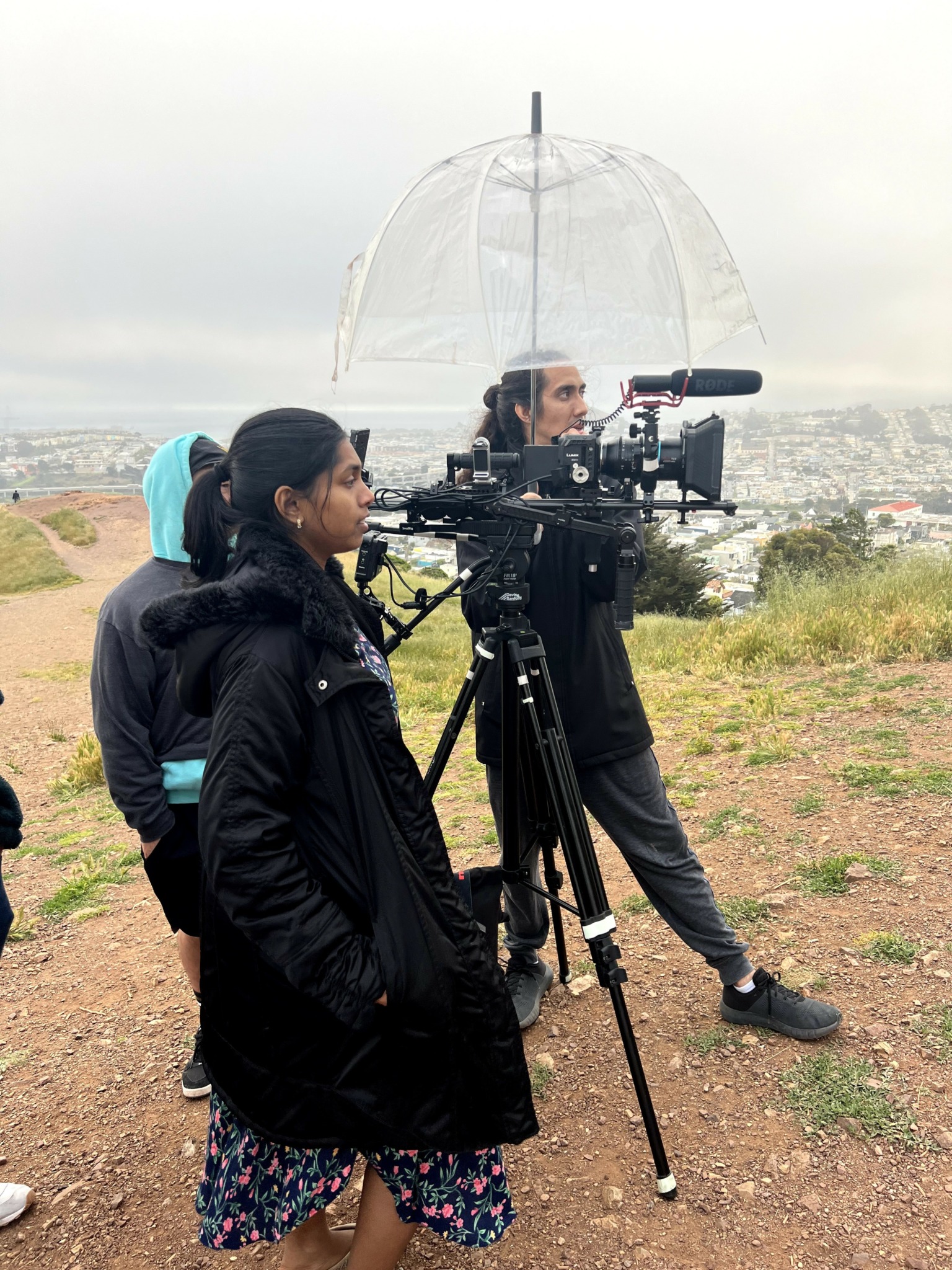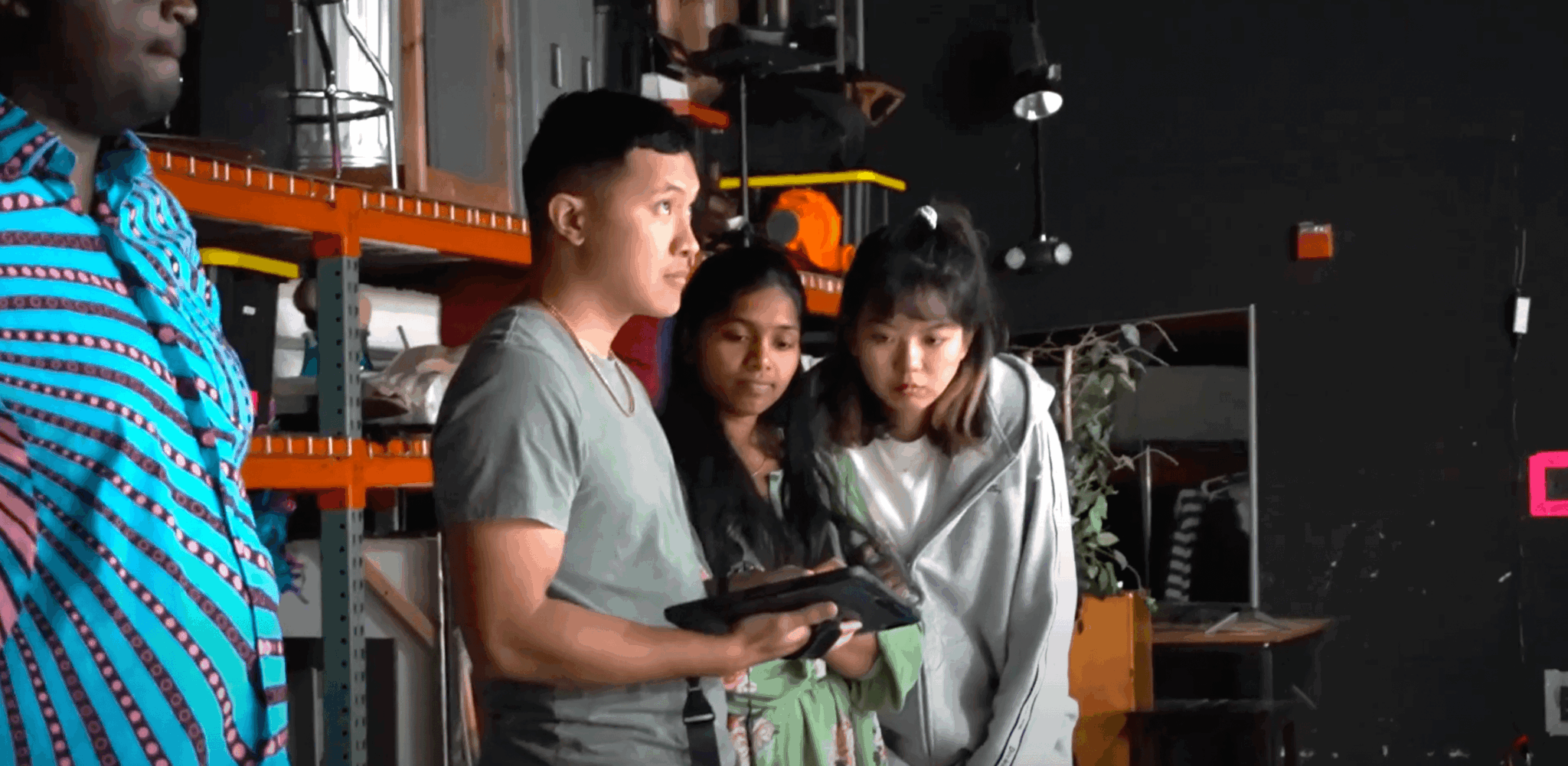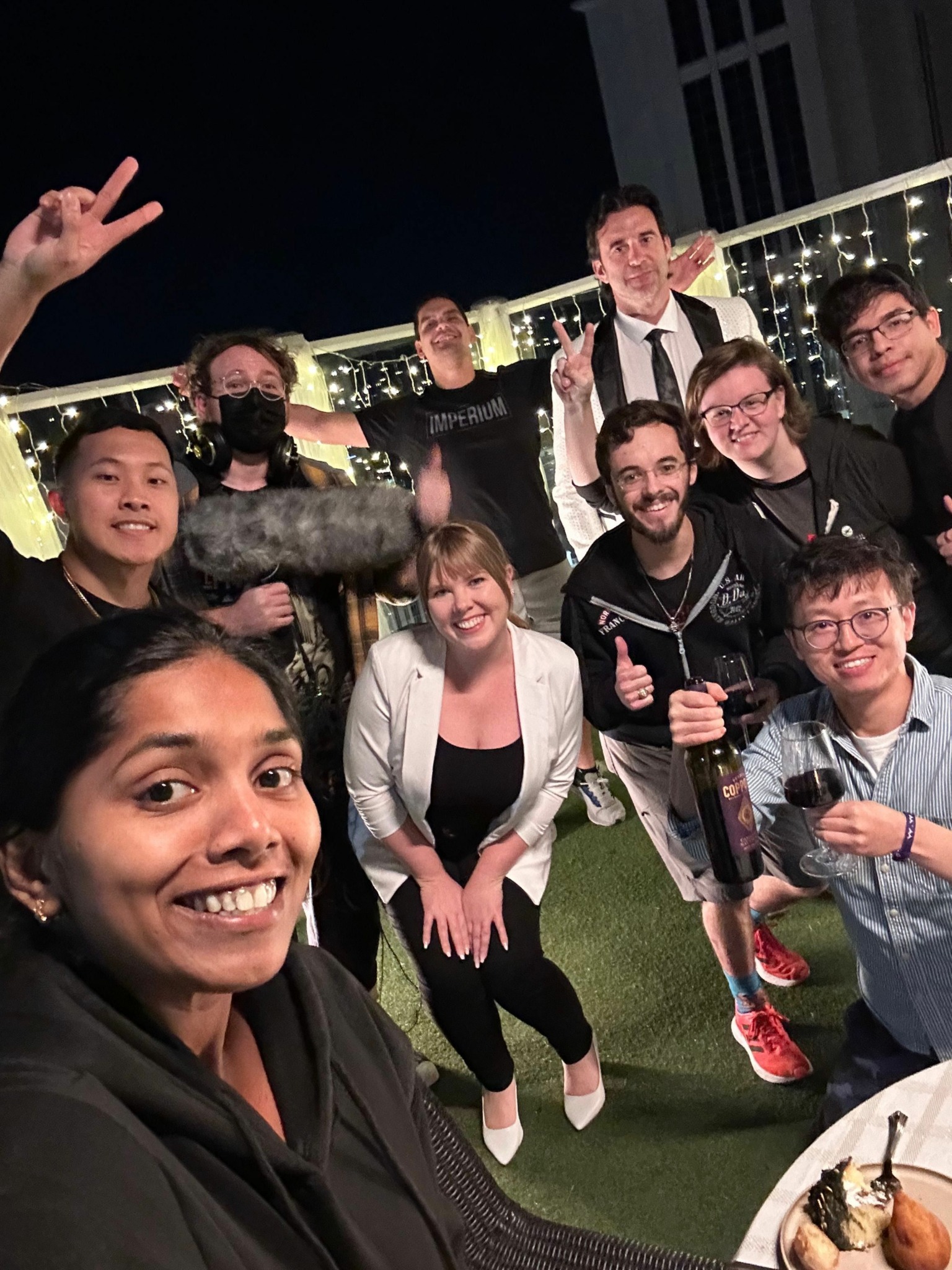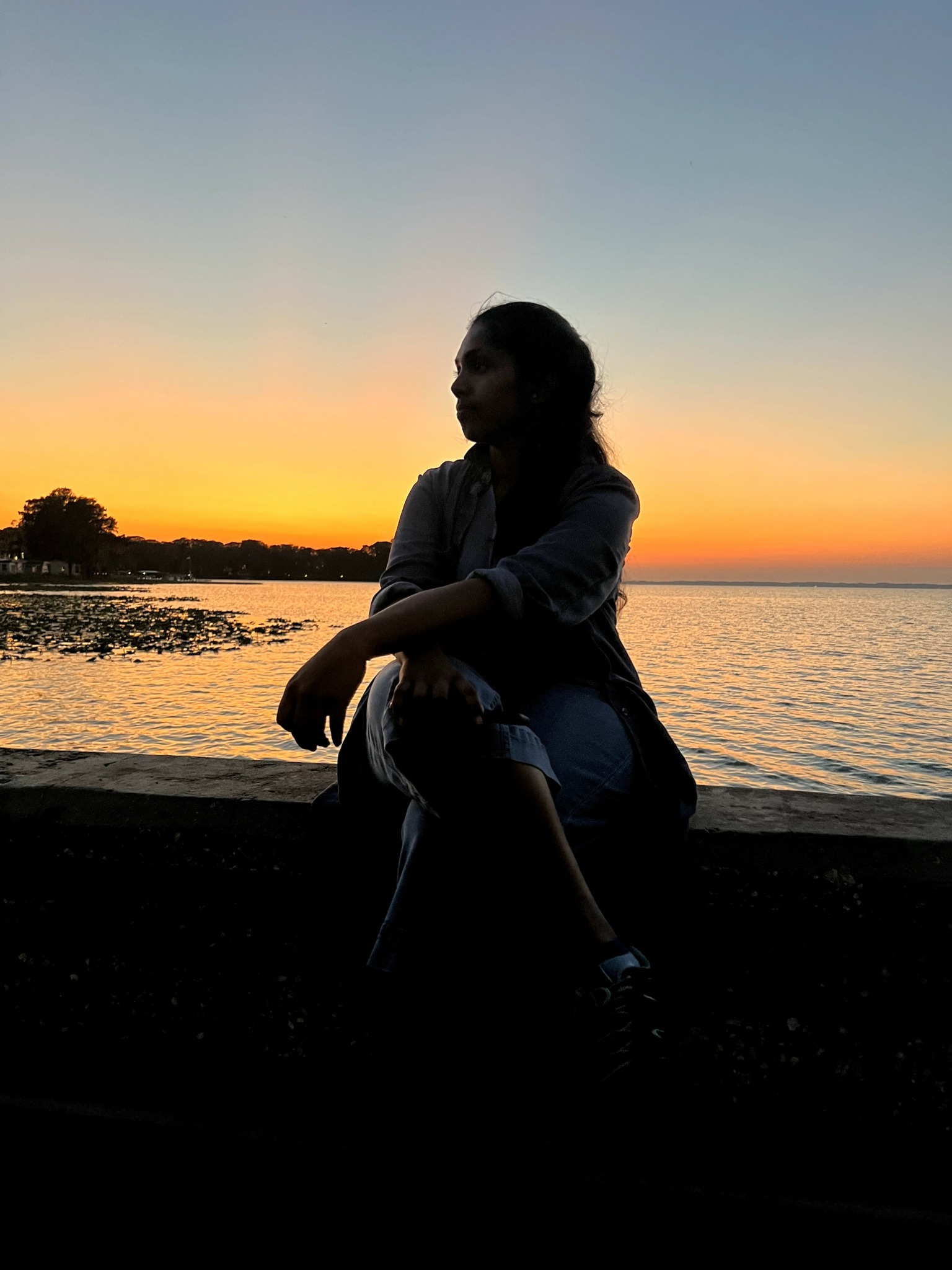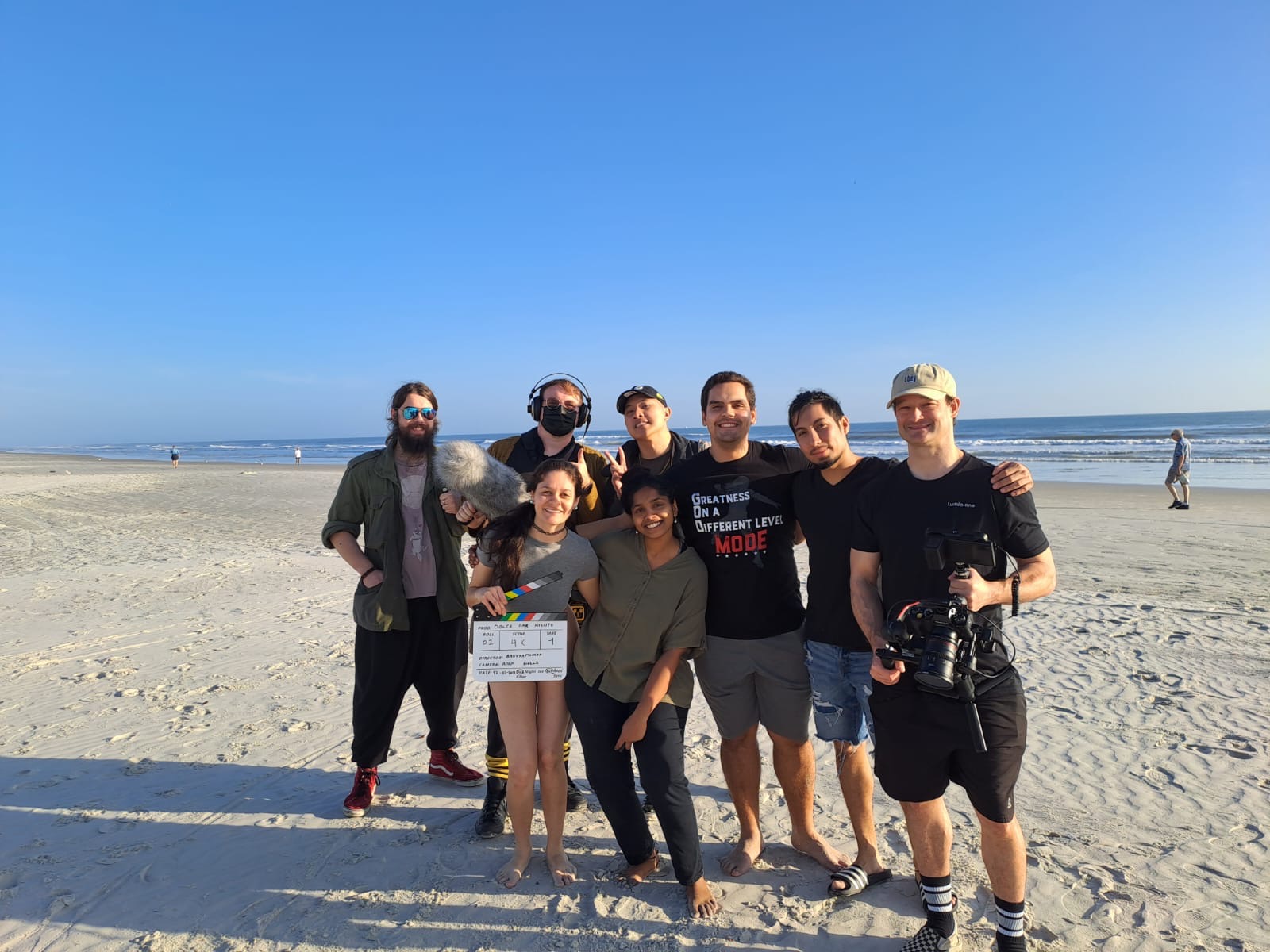We were lucky to catch up with Bhavana Banala recently and have shared our conversation below.
Bhavana, looking forward to hearing all of your stories today. How did you learn to do what you do? Knowing what you know now, what could you have done to speed up your learning process? What skills do you think were most essential? What obstacles stood in the way of learning more?
I developed my skills through a mix of formal education, hands-on experience, and collaboration with industry professionals. Academic training provided me with a foundational knowledge of film theory and design, but real learning came on set, where I faced the practical challenges of translating creative ideas into tangible visuals. Each project, whether it was a small production or a larger commercial, taught me the importance of balancing creativity with logistical and budgetary constraints.
Looking back, to speed up my learning, I would have experimented more early on and sought out mentors or more experienced professionals to gain insights from their expertise. Actively asking for feedback and embracing failure as a learning tool would have accelerated my growth. Additionally, mastering the technical tools, like design software and production management systems, earlier would have helped streamline the creative process.
The most essential skills in production design are a keen eye for detail, creative problem-solving, and the ability to communicate and collaborate effectively with the director and art department. Obstacles included working within tight budgets, dealing with time constraints, and finding opportunities on bigger projects early in my career. However, each of these challenges contributed to refining my skills and approach over time.
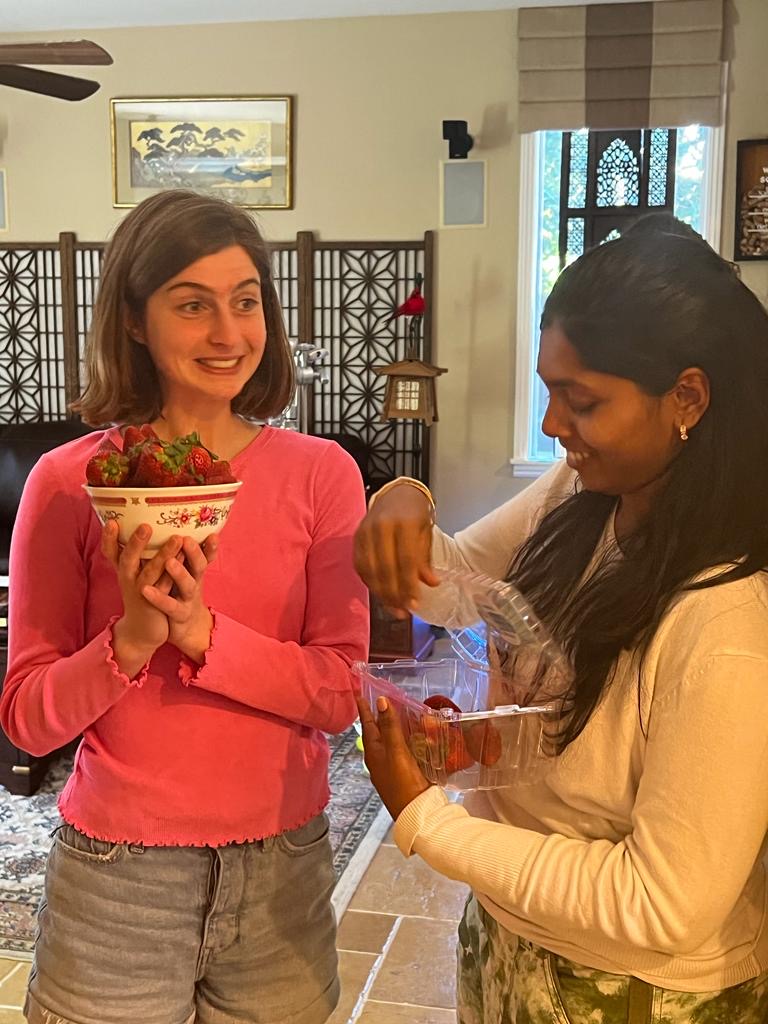

Bhavana, before we move on to more of these sorts of questions, can you take some time to bring our readers up to speed on you and what you do?
I’m Bhavana Banala, a filmmaker and production designer with a deep passion for visual storytelling, based in both the United States and India. My journey into this industry started with a fascination for how visual elements can evoke emotions and deepen a narrative. I pursued a formal education in film, but my real learning came from working on diverse projects, from independent films to documentaries and commercials, where I had the opportunity to collaborate with skilled professionals and experiment creatively.
As a production designer, I provide a range of services including set design, and overall visual conceptualization for film, television, commercials, and digital media. I aim to solve the challenge of translating a director’s vision into an immersive, visually cohesive world that enhances the narrative. What sets me apart is my meticulous attention to detail, ability to work with tight budgets, and a deep understanding of how to use design to emotionally engage audiences.
I’m most proud of the moments when my work brings stories to life in a way that resonates with viewers. What I want clients to know is that my approach is collaborative and deeply invested in enhancing the emotional and visual impact of any project. Whether it’s a small independent film or a large-scale commercial, I strive to create environments that feel authentic and compelling.
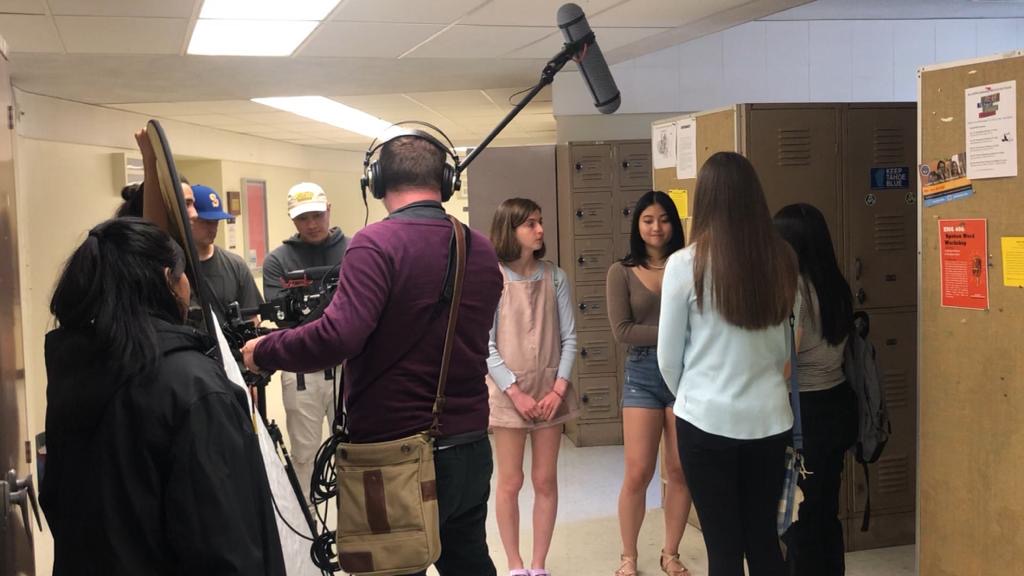
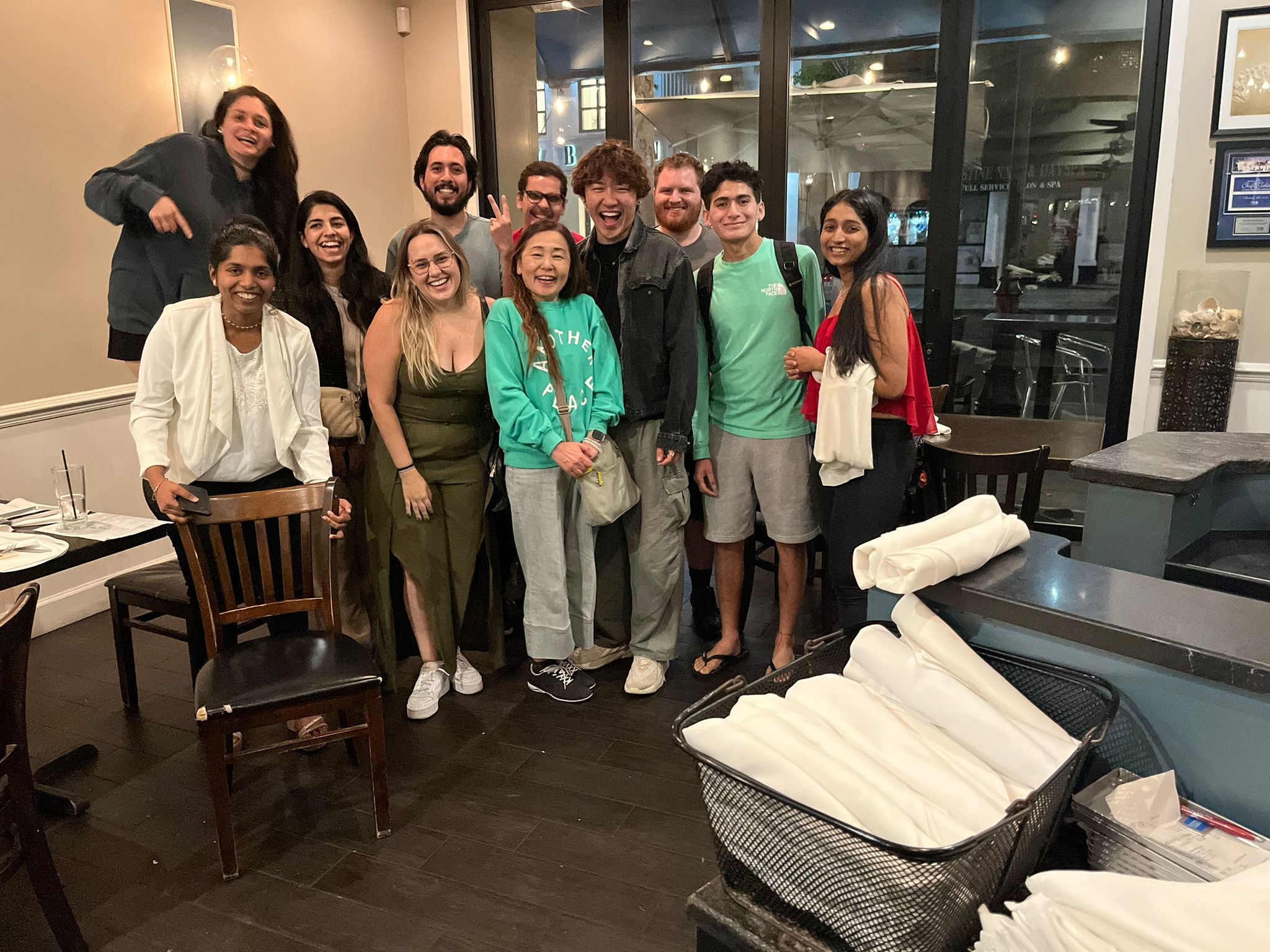
Are there any resources you wish you knew about earlier in your creative journey?
Yes, there are several resources I wish I had known about earlier in my creative journey, as they would have streamlined my learning and opened up more opportunities:
Online Learning Platforms: I wish I had taken advantage of platforms like MasterClass, Skillshare, and Coursera early on. These provide courses on production design, film theory, and technical skills from industry experts, offering valuable insights and techniques that I could have applied earlier in my work.
Creative Communities and Networks: Networking platforms such as Stage32 or local film guilds would have been invaluable for connecting with other creatives, finding collaborators, and discovering mentorship opportunities early in my career. Building those relationships sooner could have accelerated my growth.
Production Design Software: Tools like SketchUp, AutoCAD, and Adobe After Effects are essential for visualizing and designing sets. Books like The Art of Production Design and Film Directing Shot by Shot would have provided a deeper understanding of the craft and practical applications of production design within the storytelling process.
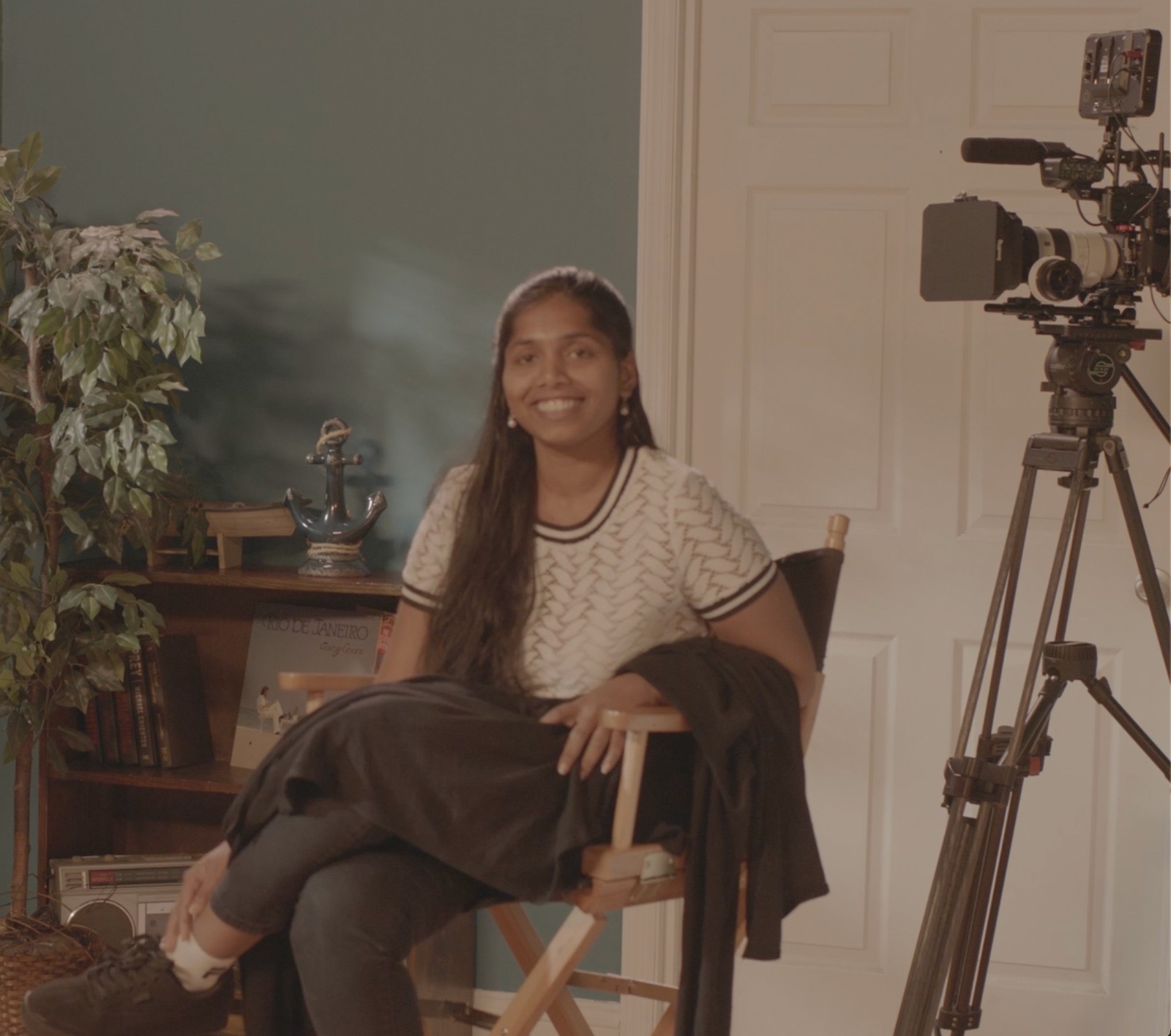

What do you find most rewarding about being a creative?
There’s something incredibly fulfilling about taking an abstract idea or a written script and transforming it into a tangible, immersive world that resonates with audiences. The creative process, from conceptualizing designs to seeing them fully realized on set, is deeply gratifying.
I love the collaboration aspect as well—working closely with directors, cinematographers, and other creative professionals to build something greater than the sum of its parts. When a project comes together, and you see how your contribution enhances the story, connects with viewers emotionally, or leaves a lasting impact, it’s an incredibly rewarding experience.
Additionally, seeing how the visuals can evoke feelings, transport audiences to another time or place, or make them reflect on a deeper level gives me a sense of purpose in my work. It’s not just about aesthetics; it’s about creating experiences that stay with people long after they’ve left the theater or turned off their screens. That connection with the audience, even if it’s subtle or subconscious, is what makes being a creative so rewarding.
Contact Info:
- Website: https://bhavyathmika.wixsite.com/bhavyathmika
- Instagram: https://www.instagram.com/bewlishing/
- Linkedin: https://www.linkedin.com/in/bhavana-banala-706430121/
